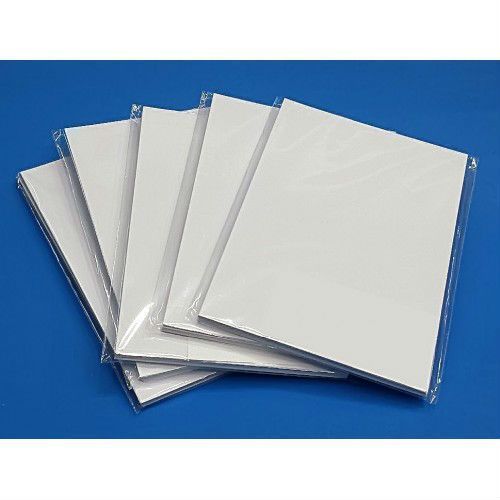In the digital age, the significance of physical documents might seem to be diminishing. However, the importance of printing paper, particularly normal printing paper, remains undiminished in various sectors, from education to business. This article aims to delve into the intricacies of what constitutes normal printing paper, its types, uses, and the factors that influence its quality and performance.
Normal printing paper, also known as multipurpose paper, is a staple in offices, schools, and homes. It is typically white, uncoated, and comes in a standard size of 8.5 x 11 inches in the United States, and A4 (210 x 297 mm) in most other countries. This paper is designed for use in inkjet and laser printers, as well as copiers and fax machines.
The quality of normal printing paper is determined by several factors, including weight, brightness, and opacity. Weight, measured in pounds (lbs) or grams per square meter (gsm), indicates the paper's thickness and durability. The standard weight for normal printing paper is 20 lbs or 75 gsm, suitable for everyday printing needs. Brightness, rated on a scale of 0 to 100, refers to the paper's whiteness. A higher brightness rating results in sharper text and more vibrant colors. Opacity, on the other hand, measures the amount of light passing through the paper. Higher opacity reduces show-through from the other side of the paper, making it ideal for double-sided printing.
Normal printing paper is versatile and finds use in a variety of applications. It is commonly used for printing documents, reports, and drafts. However, it is not suitable for printing high-quality photos or marketing materials, as it lacks the coating that gives photo paper and brochure paper their distinctive sheen and color vibrancy.
The environmental impact of paper production is a growing concern. As a result, many manufacturers now offer eco-friendly options, such as recycled paper or paper certified by the Forest Stewardship Council (FSC). These options provide the same quality and performance as standard paper while reducing the environmental footprint.
In conclusion, normal printing paper is more than just a blank canvas for our thoughts and ideas. Its quality and performance are influenced by factors such as weight, brightness, and opacity. While it serves a multitude of everyday printing needs, its limitations and environmental impact should also be considered. As technology continues to evolve, so too will the world of printing paper, offering new possibilities and challenges.
